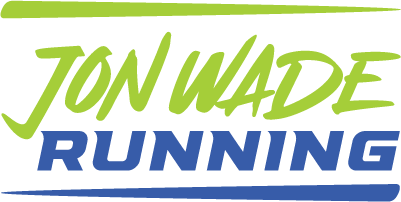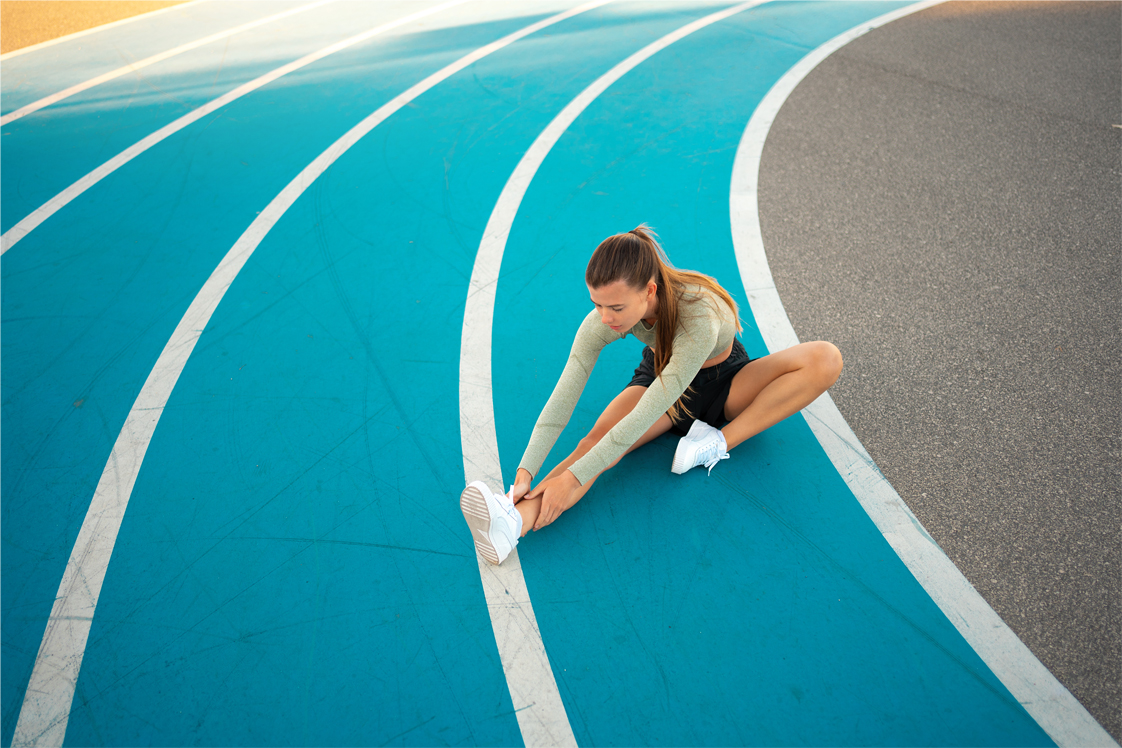As a runner, you understand the importance of a good workout. You lace up your shoes, hit the pavement, and push yourself to new limits. But what about after your run? Do you take the time to cool down properly? If not, you may be missing out on some important benefits.
What Happens to Your Body After a Run?
When you run, your body goes through a series of changes. Your heart rate increases, your blood vessels dilate, and your muscles contract. You also produce lactic acid, a byproduct of exercise. If you stop running abruptly, your body doesn’t have a chance to return to its normal state. This can cause blood to pool in your legs, which can lead to dizziness and fainting. It can also cause your muscles to become tight and sore.
What is a Cool Down and Why is it Important?
A cool down is a period of low-intensity exercise that gradually brings your heart rate, blood pressure, and breathing back to normal levels after a workout. It also helps to ease the buildup of lactic acid in your muscles, reducing the risk of cramping and stiffness. The goal of a cool down is to help your body transition from a state of intense activity to a state of rest.
Benefits of a Cool Down
Reduced Muscle Soreness
One of the main benefits of a cool down is the reduction of muscle soreness. When you exercise, your muscles produce lactic acid, which can cause soreness and stiffness. A cool down helps to flush out the lactic acid and other waste products, which can help reduce the severity and duration of muscle soreness.
Reduced Risk of Injury
A proper cool down can also help reduce the risk of injury. When you stop running abruptly, your muscles may not have a chance to return to their normal length. This can cause them to become tight and stiff, which can increase the risk of injury. A cool down helps to gradually bring your muscles back to their normal length, reducing the risk of injury.
Improved Flexibility
Stretching during your cool down can also help improve your flexibility. When you exercise, your muscles contract and shorten. Stretching helps to lengthen your muscles, improving your range of motion and flexibility.
Ways to Cool Down After a Run
Slow Jog
One of the easiest ways to cool down after a run is to slow down and jog at a slower pace. This will help gradually bring your heart rate and breathing back to normal levels.
Walking
Walking is another effective way to cool down after a run. It’s low-impact and can help ease the buildup of lactic acid in your muscles.
Stretching
Stretching is an important part of any cool down routine. It helps to improve flexibility and reduce the risk of injury. Some effective stretches to consider include hamstring stretches, quad stretches, and calf stretches.
Foam Rolling
Foam rolling is a technique that uses a foam roller to massage your muscles. It can help reduce muscle soreness and improve flexibility.
Common Mistakes to Avoid During Cool Down
Skipping the Cool Down
One of the biggest mistakes you can make is skipping your cool down altogether. This can lead to muscle soreness, stiffness, and an increased risk of injury.
Cooling Down Too Quickly
Another mistake is cooling down too quickly. If you stop running abruptly, your body doesn’t have a chance to gradually return to its normal state. This can lead to dizziness and fainting.
Not Stretching
Stretching is an important part of any cool down routine. If you don’t stretch, your muscles may become tight and stiff, increasing the risk of injury.
Importance of Stretching During Cool Down
Improves Flexibility
Stretching helps to improve flexibility by lengthening your muscles. This can help improve your range of motion and reduce the risk of injury.
Reduces Muscle Soreness
Stretching can also help reduce muscle soreness. When you exercise, your muscles produce lactic acid, which can cause soreness and stiffness. Stretching helps to flush out the lactic acid and other waste products, reducing muscle soreness.
Improves Circulation
Stretching can also help improve circulation. When you stretch, you increase blood flow to your muscles, which can help deliver oxygen and nutrients to your muscles more efficiently.
Cool Down Routine Examples
Slow Jog for 5-10 Minutes
Start by slowing down and jogging at a slower pace for 5-10 minutes. This will help gradually bring your heart rate and breathing back to normal levels.
Walking for 5-10 Minutes
After jogging, switch to walking for 5-10 minutes. This will help ease the buildup of lactic acid in your muscles.
Stretching for 5-10 Minutes
Finish your cool down routine with some stretching. Some effective stretches to consider include hamstring stretches, quad stretches, and calf stretches.
Foam Rolling for 5-10 Minutes
If you have a foam roller, consider incorporating foam rolling into your cool down routine. This can help reduce muscle soreness and improve flexibility.

